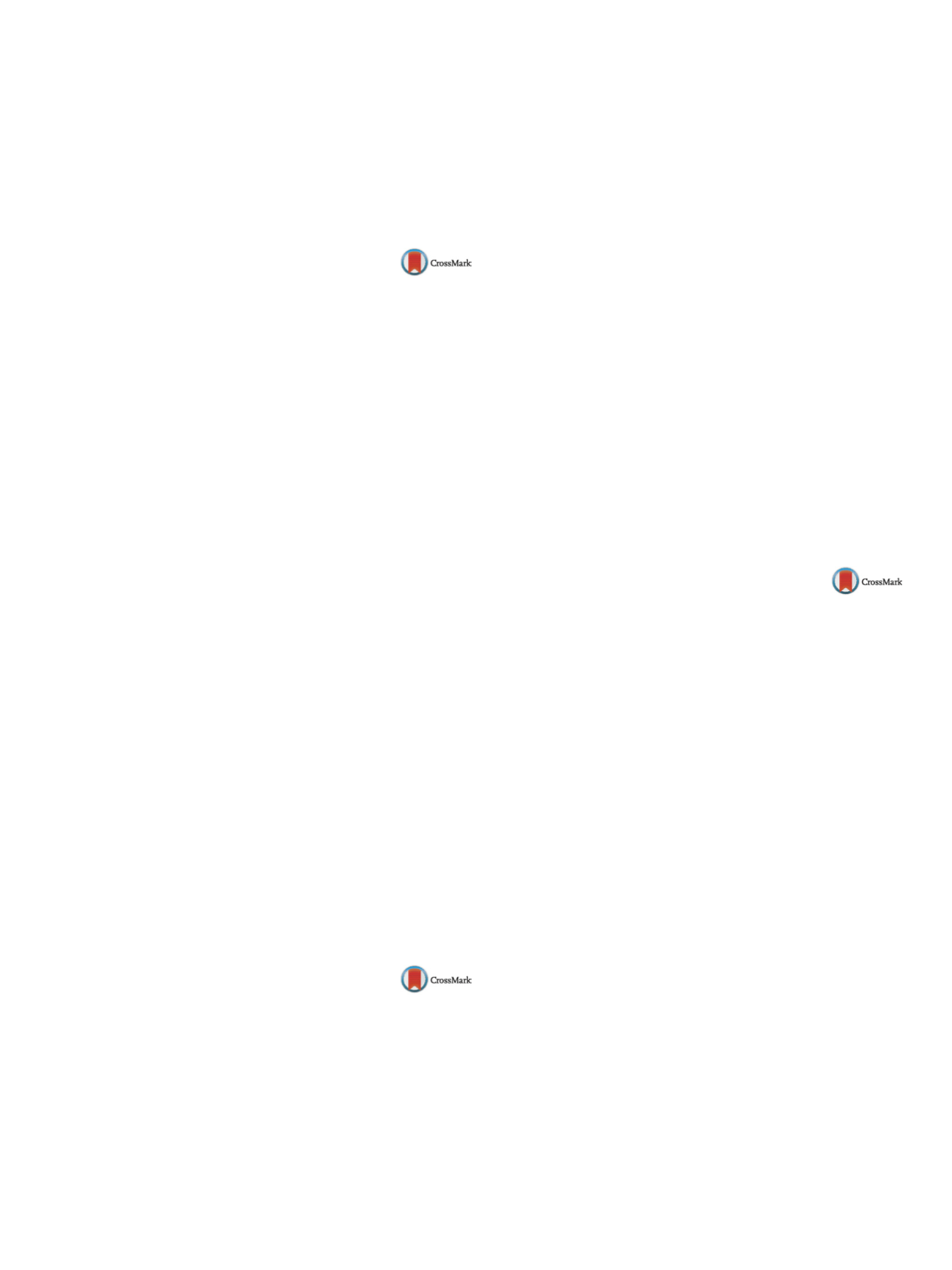

25th European Congress of Psychiatry / European Psychiatry 41S (2017) S847–S910
S873
the patient and control groups. NLR and CRP were not significantly
correlated with API scores.
Conclusions
Our findings suggest that NLR is elevated in patients
with substance use disorders in comparison to healthy controls.
Disclosure of interest
The authors have not supplied their decla-
ration of competing interest.
http://dx.doi.org/10.1016/j.eurpsy.2017.01.1754EV1425
Retrospective analysis of a novel
community opiate detoxification
programme within Bristol specialist
drug & alcohol service (BSDAS)
L. Paklet
∗
, I. Radu , B. Watson
Avon & Wiltshire Mental Health Partnership NHS Trust, BSDAS,
Bristol, United Kingdom
∗
Corresponding author.
Introduction
Until recently community opiate detoxification
strategies have largely been limited to gradual dose reductions in
opiate substitute treatment (OST). These detoxes are often lengthy
leading to “windows of opportunities” in patients’ motivation to
detox being missed. Furthermore, many patients remain on sub-
optimal OST doses for long periods of time, during which they are
more vulnerable to relapse to illicit opiate use.
Within our community service, we adapted and implemented
a novel two-week community opiate detoxification programme
using buprenorphine front-loading and lofexidine. We worked in
partnership with Bristol drugs project (BDP) to offer an 8-week
psychosocial intervention alongside the medically assisted detoxi-
fication.
Objectives
Assessing the completion rates and clinical safety of
this intervention.
Methods
Data collection was performed through retrospective
review of patients’ case notes over a 9-month period.
Results
Seventy-five percent of the patients starting an opiate
detox successfully completed the intervention.
Lofexidine improved the mean opiate withdrawal scores by 28% at
45min after the first dose and this was a sustained effect through-
out the detox. Mean systolic blood pressure dropped by 6.2mmHg
at 45min after the first dose of lofexidine and by 16.5mmHg two
days later however this was asymptomatic in all patients. There
was no significant change in the heart rate and no adverse events.
Conclusion
Our team innovatively adapted and tailored a cost-
effective community opiate detoxification programme using a
multi-agency strategy in a climate of limited funding and staff
resources. Our data clearly indicates positive outcomes in terms
of completion rates and clinical safety.
Disclosure of interest
The authors have not supplied their decla-
ration of competing interest.
http://dx.doi.org/10.1016/j.eurpsy.2017.01.1755EV1426
Nalmefene effectiveness in reducing
alcohol consumption and prevention
of craving: A case report
G. Pardo de Santayana
1 ,∗
, R . Landera
1 , M.Juncal
1 , O.Porta
1 ,L. Sánchez
1 , M.Gómez
2 , N.Nuria
21
Hospital Universitario Marqués de Valdecilla, Psychiatry,
Santander, Spain
2
Hospital Universitario Alava-Sede Santiago, Psychiatry,
Vitoria-Gasteiz, Spain
∗
Corresponding author.
Introduction
Alcohol use disorder is a pressing problem in our
society. However, only a small percentage of patients with alco-
hol use disorder are ever treated. Nalmefene acts as an antagonist
of mu opioid receptors preventing the pleasurable sensation that
often accompanies alcohol consumption, while its modulation of
kappa opioid receptors can decrease the dysphoria associated with
alcohol withdrawal.
Aim
Studying the effect of nalmefene on patients with alcohol
use disorder who are trying to reduce their daily alcohol consump-
tion.
Methods
This is a descriptive study that pretends to assess the
effect of nalmefene 18mg/day on alcohol intake in a sample of five
patients (3 men and 2 women) that came to our psychiatric con-
sultation from March to September 2016. They all had tried in the
past to stop or reduce their alcohol consumption but were unable
to do so. We initiate follow-up with the patients in psychiatric
consultation for the next three months with a monthly frequency.
Results
Out of the 5 patients, 4 reported to have reduced their
alcohol consumption over the observation time, going from 32
drinks per week to 18 drinks per week on average. The fifth patient
abandoned prematurely the treatment due to the appearance of
side effects (nausea). No other relevant side effects were detected.
Conclusions
Nalmefene appears to be effective and safe reducing
abusive alcohol intake and avoiding alcohol withdrawal syndrome.
Therefore, nalmefene can be considered a good therapeutic option
helping reduce alcohol consumption in patients with alcohol use
disorder.
Disclosure of interest
The authors have not supplied their decla-
ration of competing interest.
http://dx.doi.org/10.1016/j.eurpsy.2017.01.1756EV1427
The effectiveness of case management
interventions for patients suffering
from substance use disorders
L. Penzenstadler
1 ,∗
, A. Machado
1, Y. Khazaal
1 , 21
Geneva University Hospitals, Addictology, Geneva, Switzerland
2
Geneva University, Medicine, Geneva, Switzerland
∗
Corresponding author.
Introduction
Substance use disorder (SUD) is a growing health
problem which needs a very complex range of care due to the
chronic and relapsing nature of the disorder and the multiple psy-
chosocial problems involved. There are often difficulties in current
outpatient programs to deliver and coordinate ongoing care and
access to different health care providers. To improve treatment
outcomes various case management (CM) models have been devel-
oped, at first in other psychiatric domains but also for patients with
SUD.
Aims
The aim was to assess the effectiveness of CM for patients
with SUD using existing studies.
Methods
Systematic reviewof CM interventions for patientswith
SUD by analyzing randomized controlled studies on this matter
found on the electronic database PubMed published between 1996
and 2016.
Results and conclusions
Most of the analyzed studies showed
improvement on the chosen outcome measures, although, these
varied in the different studies. Mainly the treatment adherence
improved, but substance use only reduced in a third of the studies.
Overall functioning improved in about half of the studies. Further,
studies are necessary to determine inclusion criteria for CM treat-
ment for patients suffering from SUD in order to orientate patients
most likely to benefit from this approach to the specific CM pro-
grams. There are still only few studies on this intervention and
SUD. Further, studies are needed to examine the effect of treat-
ment intensity of the CM intervention. Also longitudinal studies
are needed to ensure the effectiveness of these treatments.
Disclosure of interest
The authors have not supplied their decla-
ration of competing interest.
http://dx.doi.org/10.1016/j.eurpsy.2017.01.1757

















